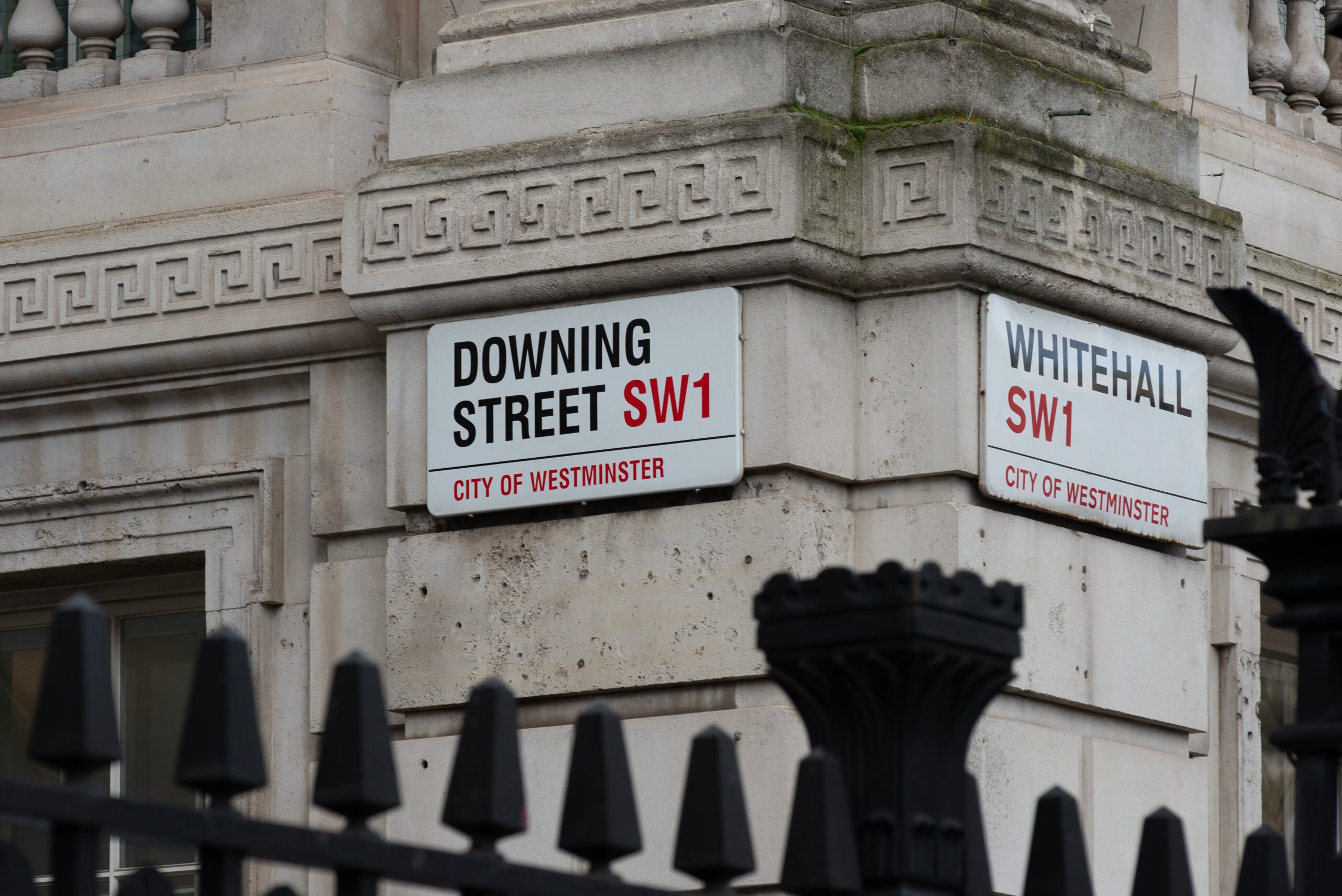Better data for a better Brexit
Gavin Freeguard says government must make better use of its data if it’s to tackle the challenge of Brexit.
How is Whitehall performing? What does it look like as it faces Brexit? And how transparent is it being? These were three of the questions the Institute for Government asked – and using the government’s own open data, answered – in our recent Whitehall Monitor 2017 report.
How is Whitehall performing?
Civil service staff numbers have fallen by around 19% since the 2010 spending review to around 385,000 in September 2016 – the smallest number since the Second World War. Some departments – the Department for Work and Pensions (DWP), Department for the Environment, Food and Rural Affairs (Defra), and Department for Communities and Local Government (DCLG) – saw staff cuts of more than a third.
All but five departments had their day-to-day spending budgets cut, some (DCLG again, and the Department for Transport) by more than half.
Despite cuts to staff and money, Whitehall departments are still functioning. Ministers continue to receive policy advice. Legislation continues to be passed. Indeed, staff morale – a key indicator of organisational health – has actually risen over the last year. According to the Civil Service People Survey, engagement rose in nearly every department between 2015 and 2016 (the glaring exception was the record fall in the redundancy-hit Department of Health). Scores on ‘leadership and managing change’ and on how people feel about their manager are as high as they’ve ever been.
However, Whitehall is still trying to do too much. Single Departmental Plans were first trailed in summer 2015 as ways to outline ministers’ priorities and clarify “the trade-offs and choices” required by the civil service to achieve them.
But when published in February 2016, they were little more than a rehash of manifesto commitments – seven Secretaries of State had more than sixty ‘priorities’ each, making it difficult for civil servants to know what their ministers wanted them to focus on.
What does Whitehall look like as it faces Brexit?
If Whitehall already had too much to do before the EU referendum, it has much more to do now.
Theresa May’s decision to set up two new departments to deal with Brexit – the Department for Exiting the European Union (DExEU) and the Department for International Trade (DIT) – as well as creating the Department for Business, Energy and Industrial Strategy (BEIS), inevitably distracted departmental leaders from the business of government as the new organisations were set up. DExEU, at least, is finding its feet, its engagement scores comparing well with the rest of the civil service.
Of course, Brexit also means challenges for many existing departments. Defra estimates that 80% of its work is framed by EU legislation. But the department has seen some of the biggest staff reductions since 2010 – numbers have fallen by a third – as well as day-to-day budget reductions of more than a fifth since 2011-12.
The Home Office, too, will face building a new immigration system with similar budget reductions, and with 10% fewer staff than in 2010.
How open is Whitehall?
We’re lucky that successive UK governments have opened up lots of data, and to have such dedicated public servants working on data and openness within departments. But for all that vitality, it’s not clear what direction the current government wants to set. There are also some warning signs: under Theresa May, the Home Office had the worst record of all departments in replying to freedom of information requests on time.
Publication of some key datasets has also been patchy. Take departments’ organograms, which hold information crucial to workforce management and planning, such as departmental units, grade balance and pay: in March 2011, every department published these; for March 2016, eight departments did not.
What does this matter? One conclusion from this patchy publication record and the variable quality of the data is that departments themselves are not making enough use of their own data. If they were, the data would be better and more easily accessible. If this is the case, government is not using data – on everything from its size and shape to its performance – that could help it to deliver better outcomes for departments and citizens.
If Whitehall is to rise to the challenges of reduced staff, reduced budgets and Brexit, government needs to use its own data intelligently.
Related News
-

Education Minister Paul Givan must provide clarity over Israel visit – FDA NI National Officer Robert Murtagh
The FDA’s National Officer for Northern Ireland Robert Murtagh has called on Minister of Education Paul Givan to urgently clarify the use of departmental resources for a recent trip to Israel.
-

No.10 briefings against Cabinet Secretary Chris Wormald “stink of political cowardice”, Penman says
FDA General Secretary Dave Penman has condemned briefings from No.10 sources that Cabinet Secretary Chris Wormald had lost the confidence of senior figures in Downing Street and would likely be replaced by January next year.
-

“Significant gaps” in current Northern Ireland standards regime, says Murtagh
FDA National Officer for Northern Ireland Robert Murtagh has called for a strengthened standards regime in Northern Ireland government.